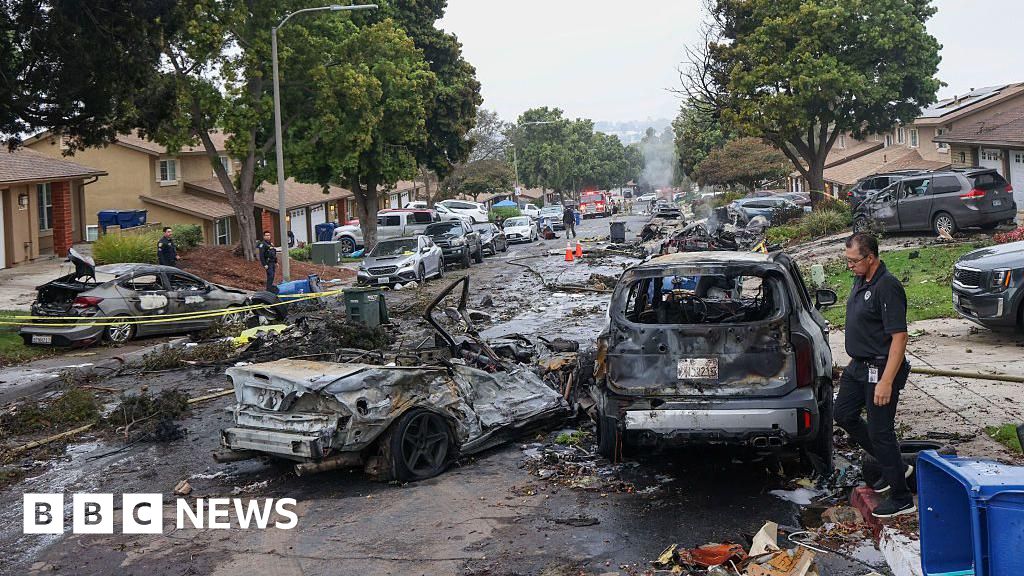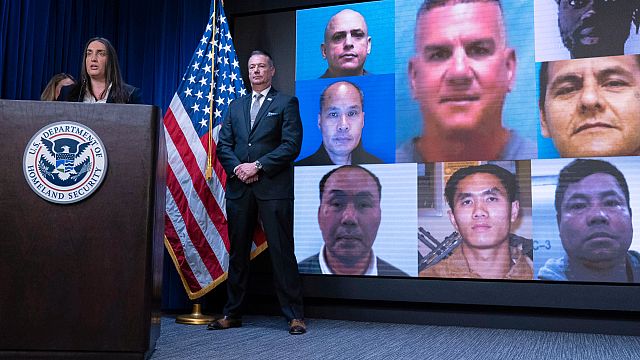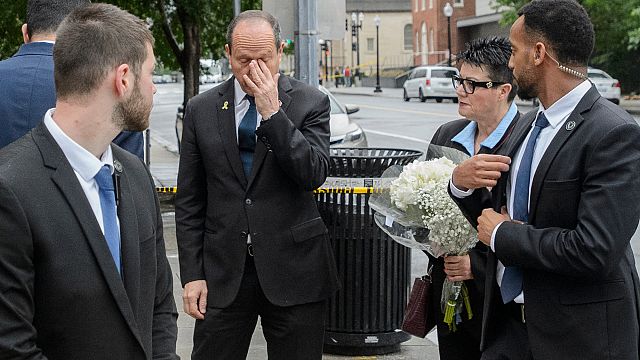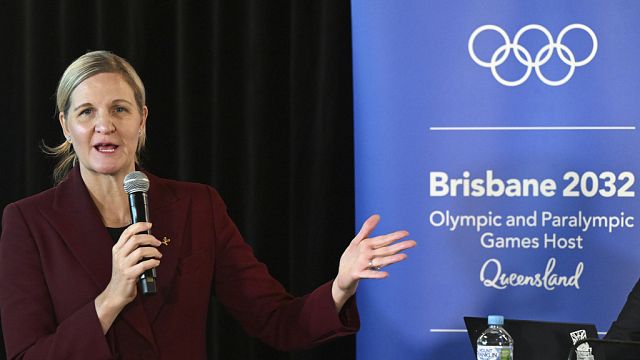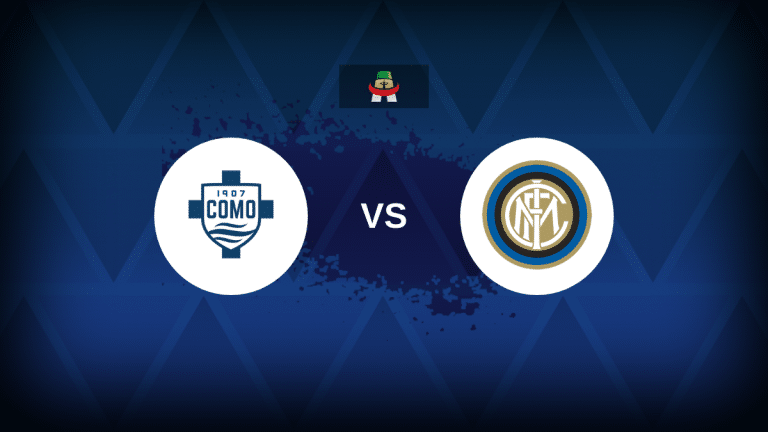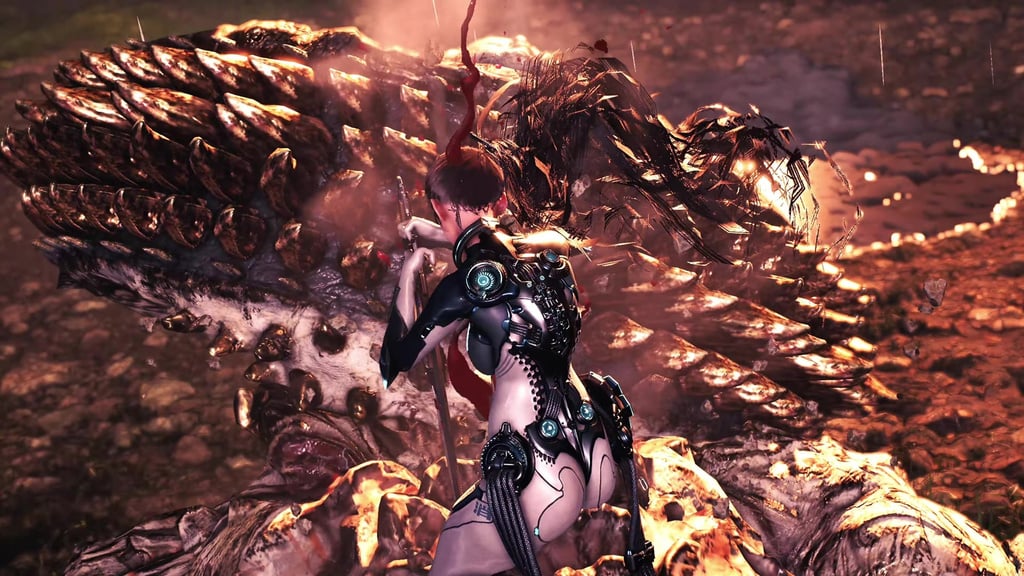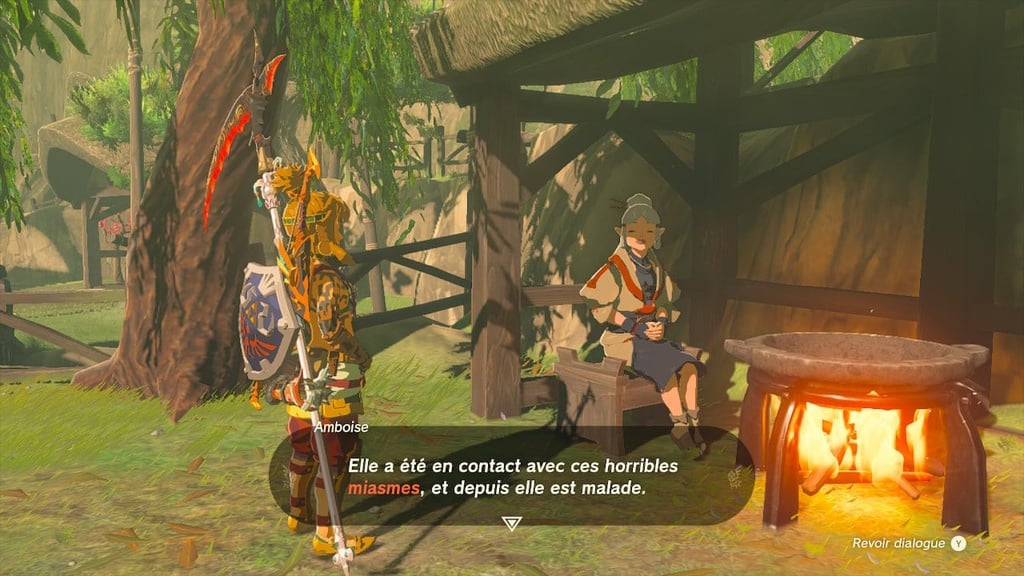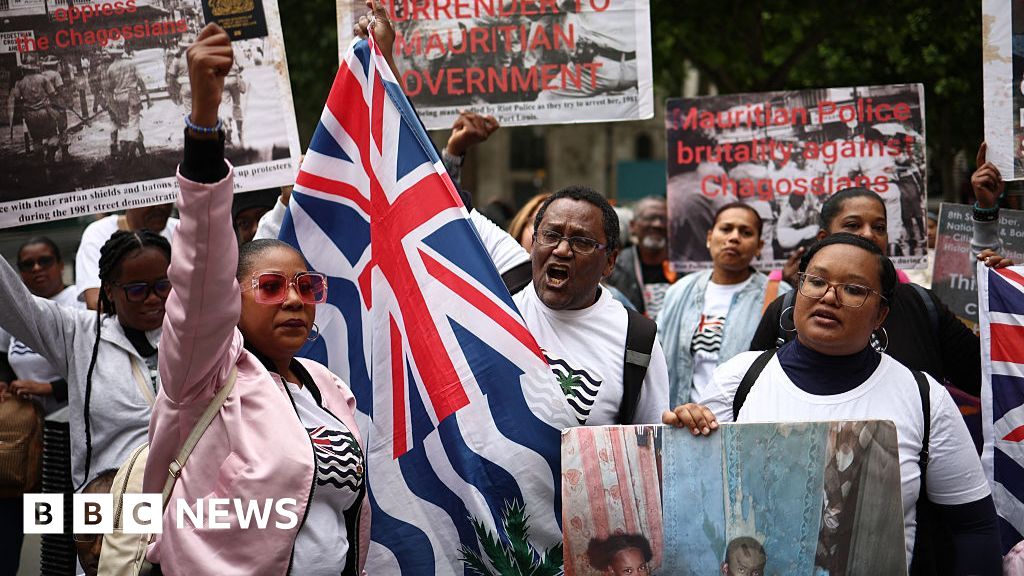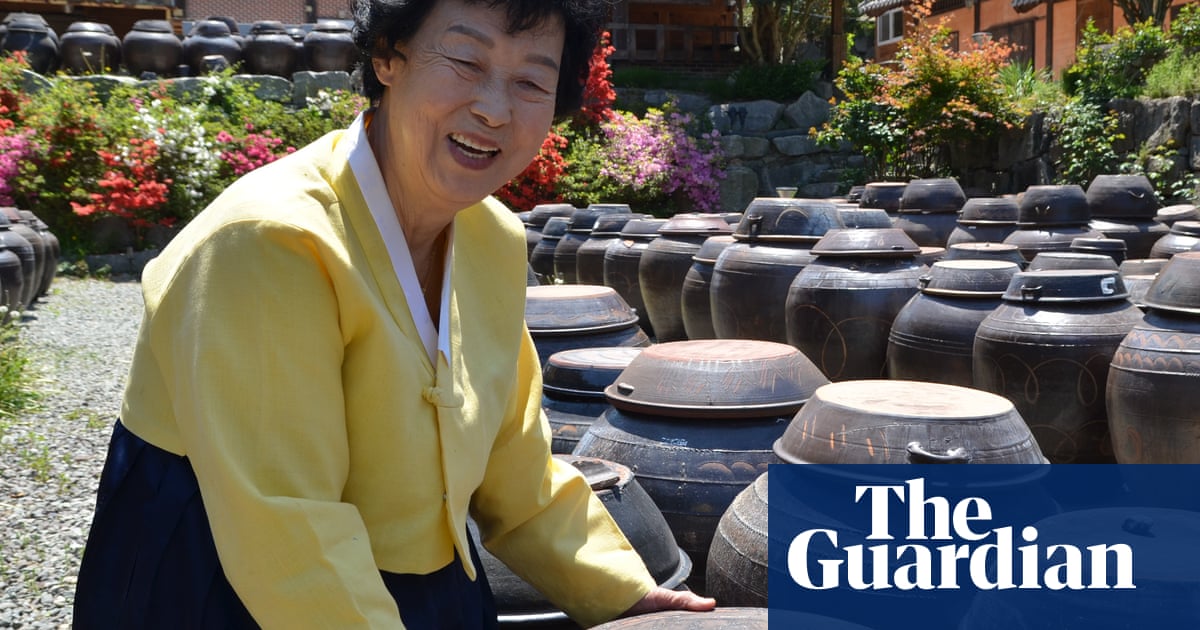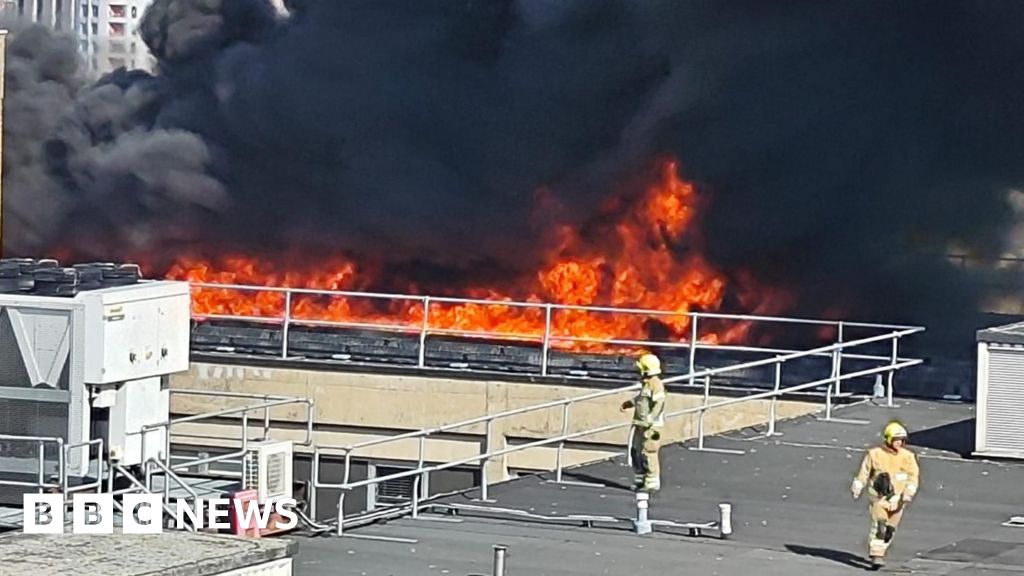Deadlocked Supreme Court Rejects Bid for Religious Charter School in Oklahoma


An evenly divided Supreme Court rejected a plan on Thursday to allow Oklahoma to use government money to run the nation’s first religious charter school, which would teach a curriculum infused by Catholic doctrine.
In a tie, the court split 4 to 4 over the Oklahoma plan, with Justice Amy Coney Barrett recusing herself from the case, and the decision provided no reasoning.
That deadlock means that an earlier ruling by the Oklahoma Supreme Court will be allowed to stand. The state court blocked a proposal for the Oklahoma school, St. Isidore of Seville Catholic Virtual School, which was to be operated by the Archdiocese of Oklahoma City and the Diocese of Tulsa, and aimed to incorporate Catholic teachings into every aspect of its activities.
Because there was no majority in the case, the court’s decision sets no nationwide precedent on the larger question of whether the First Amendment permits states to sponsor and finance religious charter schools.
The decision did not include a tally of how each justice voted, stating only that the lower court ruling was “affirmed by an equally divided court.” Justice Barrett did not explain her recusal, though she is close friends with an adviser to the school.
Across the country, charter schools are public schools that are run independently, sometimes by nonprofits. St. Isidore had sought to challenge their status as public schools, arguing that it would instead be a private school, in contract with the government.
The question is likely to come before the court again in the coming years, giving the justices the opportunity to weigh in again in a more definitive way. The court’s conservative supermajority has often been receptive to allowing religion a greater role in public life.
Proponents of expanded school choice and religious charter education did not concede defeat. Critics, too, agreed the court would likely revisit the issue.
Gov. Kevin Stitt of Oklahoma, a Republican who supported St. Isidore, dismissed the outcome as a “non-decision” and vowed to keep fighting against what he said was religious discrimination.
“There will be another case just like this one and Justice Barrett will break the tie,” he said in a statement on social media. “This is far from a settled issue.
The First Liberty Institute, a legal organization focused on religious freedom that represented Oklahoma state education leaders, also vowed to keep fighting.
Supporters of public education and the separation of church and state, on the other hand, quickly applauded the decision. Mainstream advocates for the nation’s 8,100 charter schools had also opposed the creation of a religious charter school, which they said defied the original intent of charters.
Starlee Coleman, the president of the National Alliance for Public Charter Schools, said charter schools were created to be public alternatives to traditional district schools, offering new options to families, while still being held accountable to the public. “That’s what makes them special, and that’s what we’re here to protect,” she said.
The charter school case was one of three important religion cases heard by the justices this spring, a test of the court’s vision of religious liberty, which had been one of its most prominent focuses in recent years.
The brief ruling in one of the most anticipated cases of the term came as a surprise, after oral arguments took place only a few weeks ago in April. At the argument, a majority of the justices had appeared open to allowing Oklahoma to use government money to run the nation’s first religious charter school.
During oral arguments, the justices had appeared to be divided along the usual ideological lines, with the Republican appointees seemingly sympathetic to the school and the Democratic appointees skeptical. Chief Justice John G. Roberts Jr., a Republican appointee, however, asked questions supportive and skeptical of both sides, raising the possibility that he might enter an alliance with the court’s three liberal members.
Legal experts speculated that the 4-to-4 tie likely resulted from the chief justice joining Justices Sonia Sotomayor, Elena Kagan and Ketanji Brown Jackson.
Erwin Chemerinsky, the dean of the University of California, Berkeley law school and a First Amendment scholar, said that such a move would be “significant” because the chief justice wrote the majority opinion in recent cases that appeared to lower the wall separating church and state.
Larger lessons on the significance for the court’s conservative six-member supermajority were less clear, said Pamela Karlan, a law professor at Stanford.
Ms. Karlan called the idea that the government has to fund parochial schools “a pretty unprecedented position in American law” that might have gone too far for some of the justices. She said the message of the case might be that “if the conservative legal movement thinks it has a safe supermajority, it may overreach.”
A core question in the case was whether charter schools are fundamentally public or private.
Charter schools were created in the 1990s as an alternative to traditional public schools. They are funded with taxpayer dollars, but independently run. Families can attend regardless of their school zone or ZIP code.
Charter schools are allowed in 46 states and Washington, D.C. Nationally, about 3.7 million students attend charter schools, representing about 7 percent of the public school sector.
The Oklahoma case stemmed from a dispute over the approval for St. Isidore of Seville Catholic Virtual School, which aimed to open an online school to bring Catholic education to families across rural Oklahoma. After the state’s charter school board had approved a proposal to open it, the state’s attorney general, Gentner Drummond, had sued to stop it.
Mr. Drummond, a Republican, had argued that such a religious public school would violate the First Amendment’s prohibition of government establishment of religion and the state constitution’s ban on spending public money to support religious institutions.
The Oklahoma Supreme Court had ruled against the school, with the majority saying it would “create a slippery slope” that may lead to “the destruction of Oklahomans’ freedom to practice religion without fear of governmental intervention.”
“St. Isidore is a public charter school,” the majority had said, writing that the state law that allows such schools requires them to be nonsectarian. “Under both state and federal law,” the majority ruled, “the state is not authorized to establish or fund St. Isidore.”
The board for St. Isidore said in a statement on Thursday that it was disappointed with the Supreme Court’s ruling without explanation, and that it would now explore other options for a statewide, online Catholic school.
The recusal of Justice Barrett, the junior member of the court’s conservative supermajority, meant that she did not participate in oral argument or deliberations.
It may have come because she is close friends with Nicole Stelle Garnett, a professor at Notre Dame Law School who is a leading proponent of religious charter schools and was an adviser for St. Isidore.
The two had clerked together on the Supreme Court in the late 1990s, and they later became neighbors and colleagues in Indiana when both taught at Notre Dame. Justice Barrett is the godmother to one of Ms. Garnett’s children.
Ms. Garnett previously declined to comment on Justice Barrett’s recusal in the case. In an interview on Thursday, she said that she was “disappointed” and “surprised” by the decision given the tone of oral arguments. “But the issue is a live one, and I’m confident we have the better of it,” she said. “The issue is not going away.”
Justice Barrett did not respond to a request for comment after Thursday’s ruling.
Although justices sometimes provide reasons when they recuse themselves, they are not required to do so. That practice was codified in the fall of 2023, when the justices announced the court’s first ethics code.
An expert on court ethics praised Justice Barrett’s decision to recuse in the case, even if it meant a deadlocked vote.
“The religious charter school issue will undoubtedly return to the court, and we’ll know Justice Barrett’s views soon enough,” said Gabe Roth of Fix the Court, a nonprofit advocacy group. “In the meantime, I hope this example of putting ethics first is a sign of things to come.”
Legal experts agree that the next time this issue comes before the court, all eyes will be on the conservative wing’s junior justice.
“I think the only conclusion to be drawn is that when the issue comes back to the court, it will all depend on Justice Barrett’s views,” Mr. Chemerinsky said.
What's Your Reaction?
 Like
0
Like
0
 Dislike
0
Dislike
0
 Love
0
Love
0
 Funny
0
Funny
0
 Angry
0
Angry
0
 Sad
0
Sad
0
 Wow
0
Wow
0
